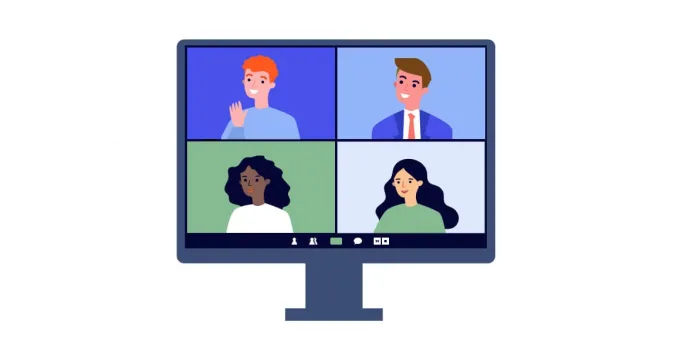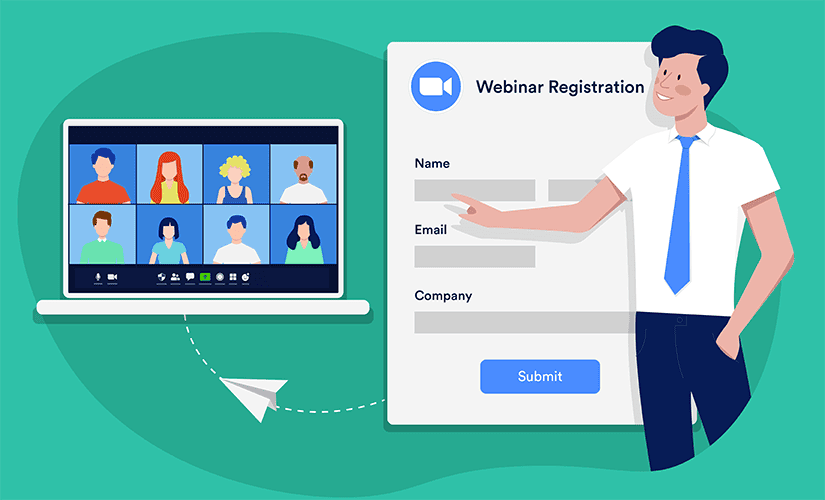Howdy man! So you see…Webinars have become a go-to tool for online entrepreneurs looking to connect with their audience, provide value, and generate business. However, not all webinars are created equal. Many fall flat, leaving attendees disappointed and entrepreneurs frustrated. This guide will provide actionable strategies to create webinars that truly resonate with your audience, deliver tangible value, and convert viewers into paying customers. By implementing effective webinar domination strategies, you can elevate your sessions from mundane to memorable. Engaging storytelling, interactive elements, and well-crafted presentations are critical components that can captivate your audience’s attention. This guide will equip you with the tools necessary to not only attract participants but also create a lasting impact that encourages them to become loyal customers.
Why Webinars Fail: The “Fluffy Pitch Fest” Problem
Have you ever signed up for a webinar based on a promising title, only to be met with disappointment?. It’s a common scenario: 25 minutes of self-promotion, generic advice, and then a hard sell. Attendees leave feeling like they haven’t gained anything of substance.
The key to a successful webinar lies in providing tangible value. People are willing to invest their time if they know they will walk away with actionable insights. The goal should be to help your ideal customer understand their problem, the steps required to solve it, and how to make an informed decision.
The Webinar Mindset Shift: From Teacher to Marketer
It’s essential to remember that while you are providing value, you are also running a business. Don’t shy away from talking about what you do and what you sell. Make it clear that you are offering a solution to their problems.
By openly discussing your clients, students, and programs, you reinforce your expertise and create opportunities for those who need your help to connect with you.

The Secret Formula: Decision-Driven Webinars
The primary purpose of a webinar is not just to teach but to guide people toward making a decision. That decision revolves around whether they believe your solution can effectively address their problem. The focus should be on the method, approach, or system you teach within your program, not just the program itself.
Creating Tangible Content That Converts: Four Key Challenges
To create webinars that deliver real value and drive conversions, challenge yourself with these four key areas: Focus on engaging your audience through interactive elements, such as polls and Q&A sessions, to foster a sense of community. Additionally, consider incorporating compelling visuals and clear calls to action to enhance the viewer experience. Lastly, when selecting your platform, be sure to evaluate the webinar software features to consider, such as analytics and customization options, which can significantly impact your webinar’s effectiveness.
- Intentional Audience Engagement: Be deliberate about the thoughts and feelings you want to evoke in your audience throughout the webinar.
- Continuously ask yourself how you want people to feel and what you want them to be thinking during and after your presentation.
- The “5 Heck Yes Moments”: Aim to create these moments for your audience:
- “OH! That’s me, that’s my problem”.
- “YES! That is what I want!”.
- “WHOA, I’ve never thought about it that way before”.
- “Ah! I can see how this all fits together”.
- “OKAY! I can totally do this”.
- Guiding your audience through these moments will make it easier for them to move forward with you.
- Audience-Focused Storytelling: Make your story about your audience, not yourself.
- Keep your story concise and focus on the path to success rather than simply proving your expertise.
- Get straight to the point and address how you can solve their problem.
- Share your signature story in a way that serves your audience, highlighting your struggles and solutions.
- Alignment with Your Program’s Promise: Ensure your webinar content directly aligns with the core promise of your program.
- Your teaching should lay the groundwork for your solution.
- Provide context and the bigger picture of how your program fits into their world.
- Help your audience understand why they aren’t achieving the desired results and instill confidence that a solution is within reach.
- Ask yourself if what you’re teaching is aligned with what you will teach them in detail in your program.
- Addressing Objections to Your Solution: Proactively address the objections your audience has regarding your solution.
- This is a critical aspect of a successful webinar.
- Focus on objections related to your solution, not just to buying your program.
- Identify and address these objections before you delve into your teaching.
Crafting a Magnetic Message: Practical Tips
- Start with the End in Mind: Before creating your webinar, ask yourself, “What do I want people to say at the end of my presentation?”.
- Be Intentional: Instead of waiting for validation, be intentional about the message you want to convey.
- Respect Your Audience’s Time: Make sure your webinar is valuable and worth their time.
- Don’t Be Afraid to Sell: It is important to be confident in sharing what you do, and you need to make a living.
Real-World Example: The “Firehose of Information” Lesson
Donald Miller of StoryBrand shared an experience where attendees of his live in-person trainings described the workshops as a “firehose of information”. Upon reviewing the recordings, they realized that Don had set this expectation himself by stating at the beginning that they would be receiving a massive amount of incredible value. This highlights the importance of being mindful of the message you are sending and how it can shape your audience’s perception.
Conclusion
By shifting your mindset, focusing on tangible value, and implementing these strategies, you can create webinars that captivate your audience, establish your expertise, and drive conversions. Remember, a successful webinar is not just about teaching; it’s about guiding people toward a decision and providing them with the confidence that your solution can solve their problems. To achieve this, invest time in understanding your audience’s pain points and tailor your content accordingly. By employing engaging visuals and interactive elements, you can keep participants engaged throughout the presentation. With the right approach, you can unlock webinar mastery strategies that not only enhance the learning experience but also lead to greater trust and loyalty from your audience.
FAQs
How long should my webinar be? The ideal length of your webinar will depend on your audience and the complexity of your topic. However, it’s generally best to aim for a presentation that is between 60 and 90 minutes long. This gives you enough time to provide valuable content, address objections, and make a compelling offer.
How much content should I give away for free? The key is to provide enough value to demonstrate your expertise and build trust with your audience, without giving away the entire farm. Focus on teaching a specific method, approach, or system that you delve into in more detail in your program.
How do I handle objections during a webinar? The best way to handle objections is to address them proactively before they even arise. Anticipate the common objections your audience might have about your solution and weave them into your presentation. This shows that you understand their concerns and have a thoughtful response.

